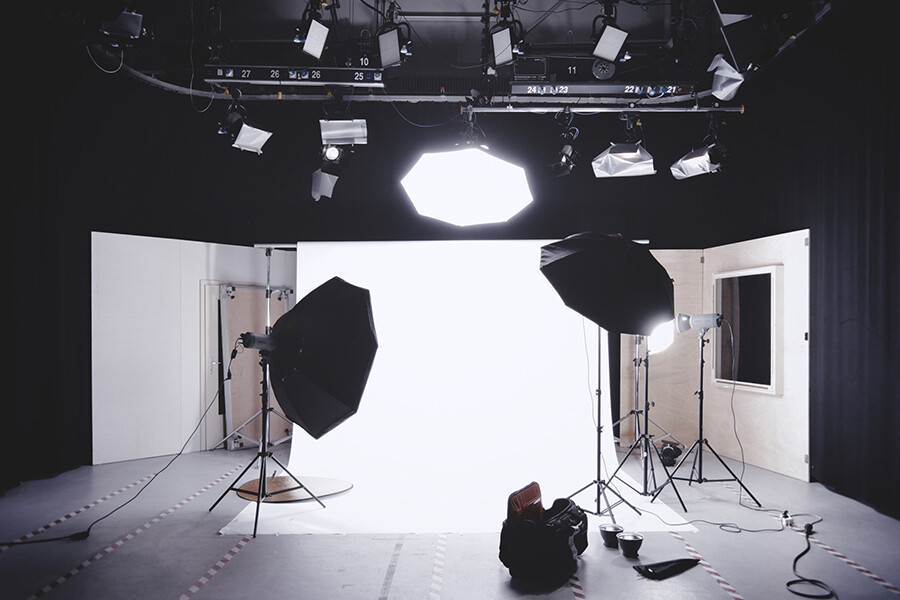- Accueil
- La recherche
- Mémoires et Travaux de fin d’études
- L’Inventaire Général du Patrimoine Culturel et le paysage patrimonial. La photographie au sein d’un service public culturel : production, utilisation et diffusion.
L’Inventaire Général du Patrimoine Culturel et le paysage patrimonial. La photographie au sein d’un service public culturel : production, utilisation et diffusion.
Auteur : SZWANKA Nicolas
Directeur(s) de mémoire : Véronique Figini & Nicolas Pierrot
Photographie
Résumé : Si les notions de patrimoine et de paysage semblent communes à bon nombre de personnes aujourd’hui, les définitions qu’on leur attribue sont le fruit d’une longue évolution culturelle. Elles ont fini par s’associer et devenir un sujet photographique à part entière dans la représentation documentaire du territoire. L’État et les collectivités territoriales y ont vu un moyen de plus en plus efficace de valoriser et protéger les richesses patrimoniales du pays avec des missions photographiques devenues historiques, telles l’Observatoire Photographique du Paysage, la mission de la DATAR, ou l’opération de Restauration des Terrains de Montagne. Dès les années 1960, l’Inventaire Général des Monuments et des richesses artistiques de la France, qui deviendra suite à une décentralisation au début du 20e siècle l’Inventaire Général du Patrimoine Culturel, a recours à la photographie comme l’un de ses principaux outils. En effet, ce service public culturel qui cherche à faire connaître et valoriser les richesses du territoire français était initialement centré sur le patrimoine architectural. Il oeuvrait dans le cadre d’études scientifiques où la photographie constitue un moyen d’étude au même titre que le texte et la cartographie. Mais au fil des décennies, les thématiques, le statut des photographes et la diffusion des images témoignent de nouvelles ambitions. De moyen, la photographie devient objet, sous forme tant de documents d’auteur que d’oeuvres artistiques, sans que la frontière soit pleinement définie.
Mots-clés : patrimoine, paysage, territoire, Inventaire Général du Patrimoine Culturel (IGPC), service public de recherche, photographie, photographe, document photographique, style Inventaire, légitimité artistique.
—
Abstract: Although the notions of heritage and landscape seem to be common to many people today, their definitions are the result of a long cultural evolution. They have come to be associated and become a photographic subject in their own right in the documentary representation of the territory. The State and local authorities have seen it as an increasingly effective means of promoting and protecting the country’s heritage assets, with photographic missions that have become historic, such as the Observatoire Photographique du Paysage, the DATAR mission, or the Mountain Land Restoration operation. From the 1960s onwards, the General Inventory of Monuments and Artistic Treasures of France, which became the General Inventory of Cultural Heritage following a decentralisation at the beginning of the 20th century, used photography as one of its main tools. Indeed, this public cultural service, which seeks to make known and promote the wealth of the French territory, was initially focused on architectural heritage. It worked within the framework of scientific studies in which photography was a means of study in the same way as text and cartography. But over the decades, the themes, the status of the photographers and the distribution of the images have changed. From being a medium, photography became an object, in the form of both author’s documents and artistic works, without the boundaries being fully defined.
Keywords: Heritage, landscape, territory, General Inventory of Cultural Heritage (IGPC), public research service, photography, photographer, photographic document, Inventory style, artistic legitimacy.



